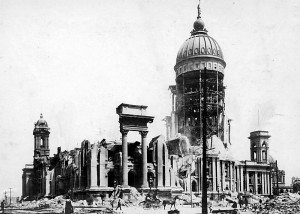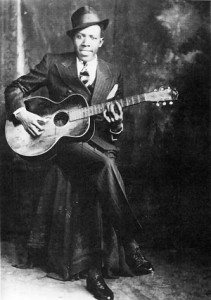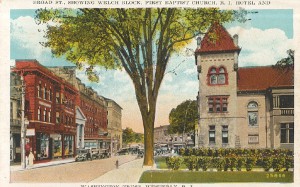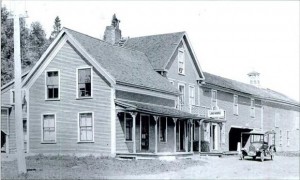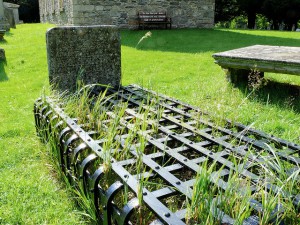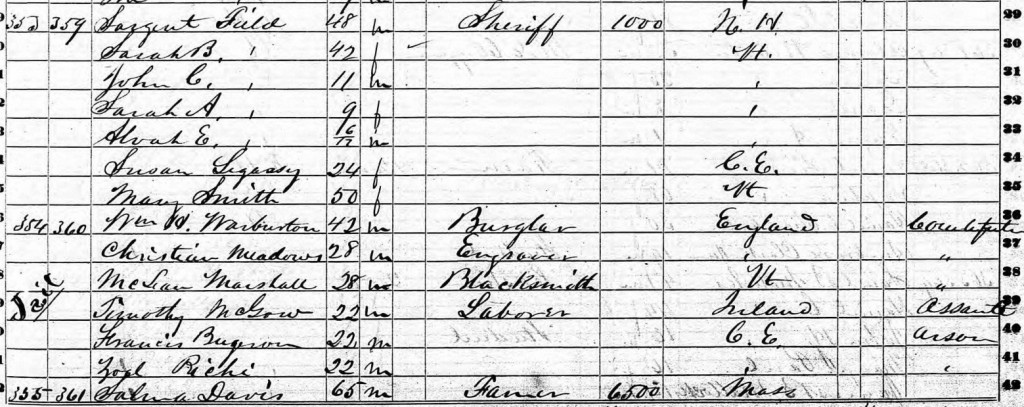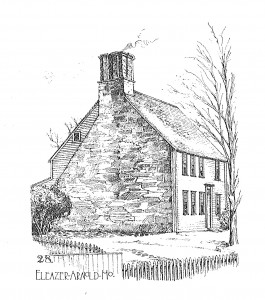
On 6 November 1869, in New Brunswick, New Jersey, the Rutgers Queensmen[1] defeated the College of New Jersey[2] Tigers by a score of 6 to 4 in what is regarded as the first college football game ever played.[3] College football would remain a vastly different game from today’s version for the rest of the nineteenth century. The major differences in the game are accentuated in the diary of Harvard College graduate Edward Herbert Atherton of Worcester, Massachusetts, a work available in NEHGS’s R. Stanton Avery Special Collections (Mss A 1665). Continue reading The evolving game of football
